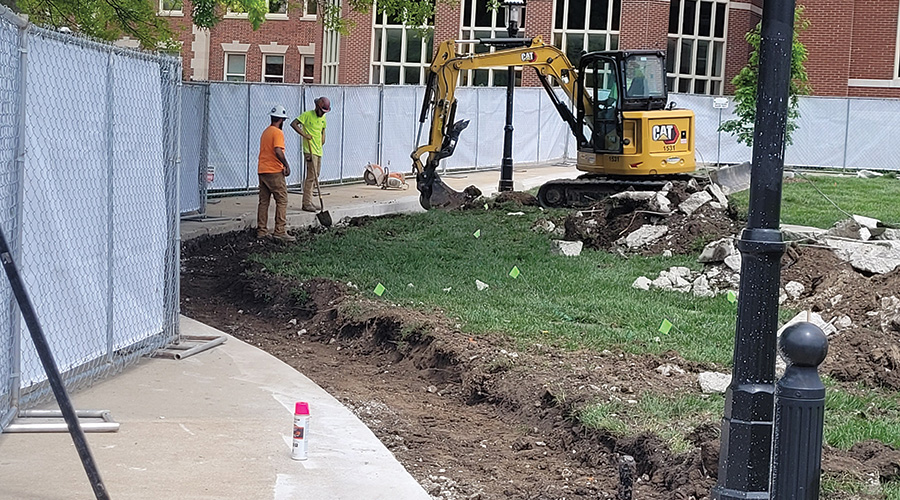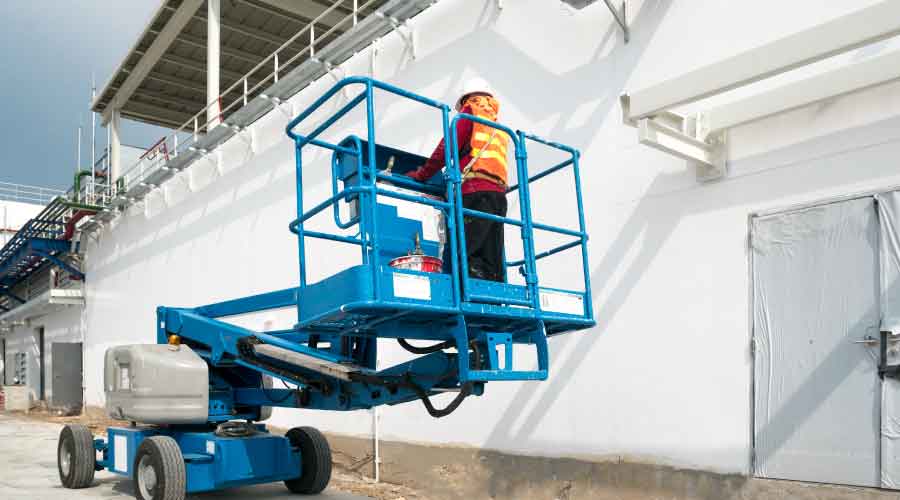Determining Three Metrics for Cleaning Satisfaction
The authors of the study set out in 2006 to conduct a study of performance in 145 properties, comprising 39 million square feet, in major cities throughout the country. They used three key metrics to examine the elements that define a best procurement practice for cleaning. The performance measures for the study were cleanliness quality, customer satisfaction and financial performance. The author’s do not claim the metrics to be universal or that they are better or worse than others that could be used. Rather, they selected these three after much consideration as a basis of comparing the performance of a variety of cleaning systems.
1. Cleanliness Quality:
The authors considered scientific particulate count strategies as a way to determine the cleanliness quality of facilities. Ultimately, however, they selected a practical definition of “clean.”
A national survey conducted by the showed managers and occupants identified 10 specific attributes that determine whether a facility is clean. After some validation and verification, the authors adopted the core of these findings as the metric for measuring cleanliness quality.
2. Customer Satisfaction:
To establish a metric for satisfaction, the authors mapped the determinates of satisfaction and explored the relationship between the actual cleanliness of the facility and the opinion of the buildings management and its occupants. They selected the five-point Rensis Likert evaluation not only because it has been shown to be a valid measure of satisfaction, but also because anyone, at any level, could quickly understand survey results, where each point is a 20 percent rating on a 100 percent satisfaction scale.
3. Financial Metrics:
Selecting financial measures proved difficult for the authors. First, few managers are able to produce the detailed information needed and most contractors are reluctant to divulge the details of their financials, which many consider proprietary. After a detailed review the authors settled on total cost, dollar per square foot and dollar per hour. The dollar per square foot metric is commonly used, yet is generally a poor indicator of financial performance. The later is more valid, but used infrequently.
The authors gathered data for the study in a three-step process:
- They sought out and received permission to include a specific facility in the study from a company or its contractor
- They conducted on-site inspection, occupant interviews and information data collection techniques
- They requested follow-up information from company or contractor sources, as available. In each analysis, the attribute studied was compared to the balance of this portfolio in a group model to facilitate a comparison.
Related Topics:











